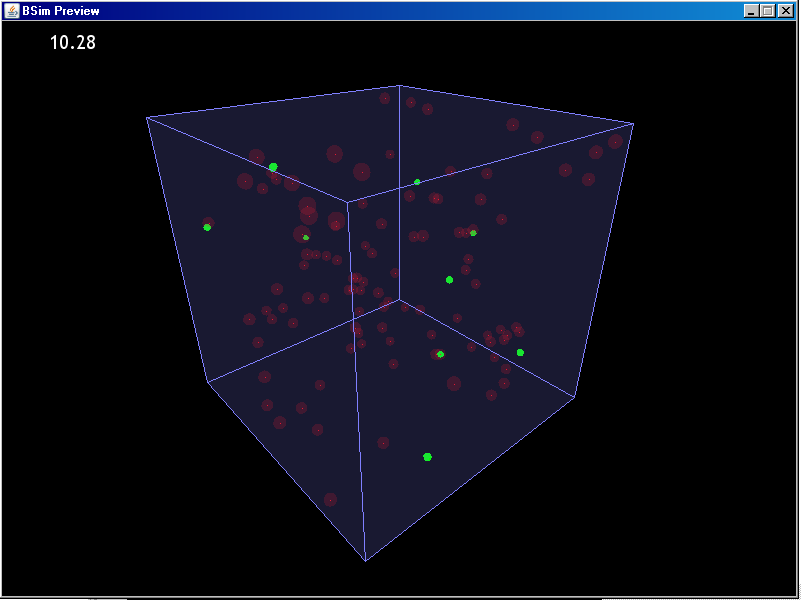Team:BCCS-Bristol/Modelling/BSIM/Geometric Modelling
From 2010.igem.org
| Line 21: | Line 21: | ||
| - | [[ | + | [[Image:BsimVesicle.png|400px|vesiculation]] |
Some of the modelling questions that we want to answer in this project pertain to environments | Some of the modelling questions that we want to answer in this project pertain to environments | ||
Revision as of 09:56, 26 October 2010
iGEM 2010
Geometric Modelling
Why did we decide ot extend BSIM in this way? How did we do it (overview)? What other areas can we look at with this tech (microfluidics etc)?
Team:BCCS-Bristol/Modelling/BSIM/Geometric_Modelling/Implementation
Team:BCCS-Bristol/Modelling/BSIM/Geometric_Modelling/Meshes
Team:BCCS-Bristol/Modelling/BSIM/Geometric_Modelling/Chemical_Fields
BSim carries out its simulations in a three dimensional space, this is necessary for many simulations
involving populations of bacteria and modelling their interactions. In figure 1, for example, you
can see an example of bacteria emitting and merging with vesicles in three dimensions. They are
modelled as being in water, with a periodic boundary conditions (meaning that if you go out of
the top of the box you re-appear at the bottom). This creates a continuous domain, which is fine
for modelling the conditions inside a test tube where the environment is large enough compared to
the items being modelled that it is effectively infinite.
Some of the modelling questions that we want to answer in this project pertain to environments that are of the same scale as the bacteria. One important question is how E. coli move inside the micro-structure of the gellan beads. This is important as it will determine how much of the E. coli escapes the bead environment over time. Another question that could be answered via accurate modelling of surfaces in BSim would be how exactly nitrate diffuses from the soil contact area of the bead and into the micro-structure of the gellan bead. This would provide an insight into how homogeneous the nitrate concentrations inside the bead are.

 "
"
